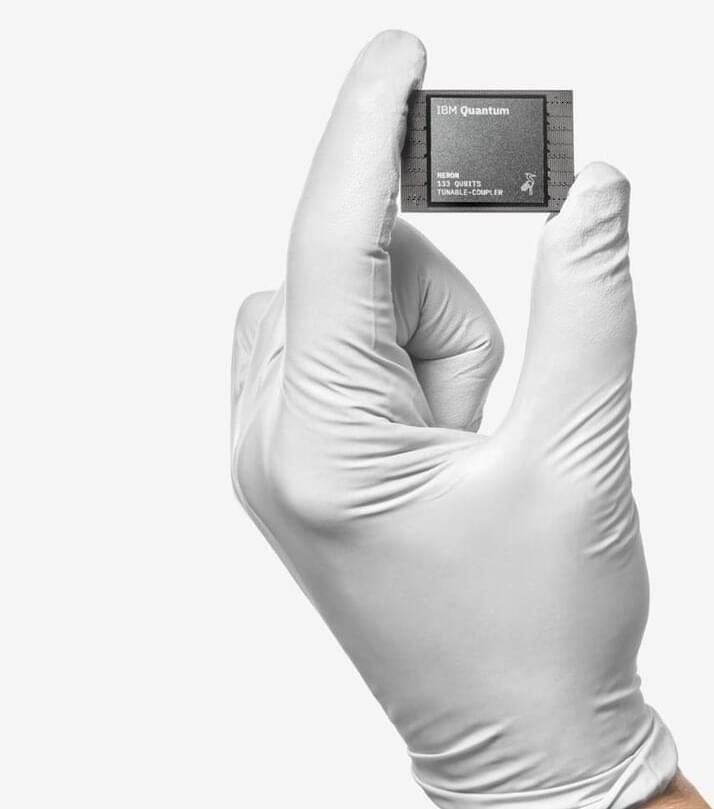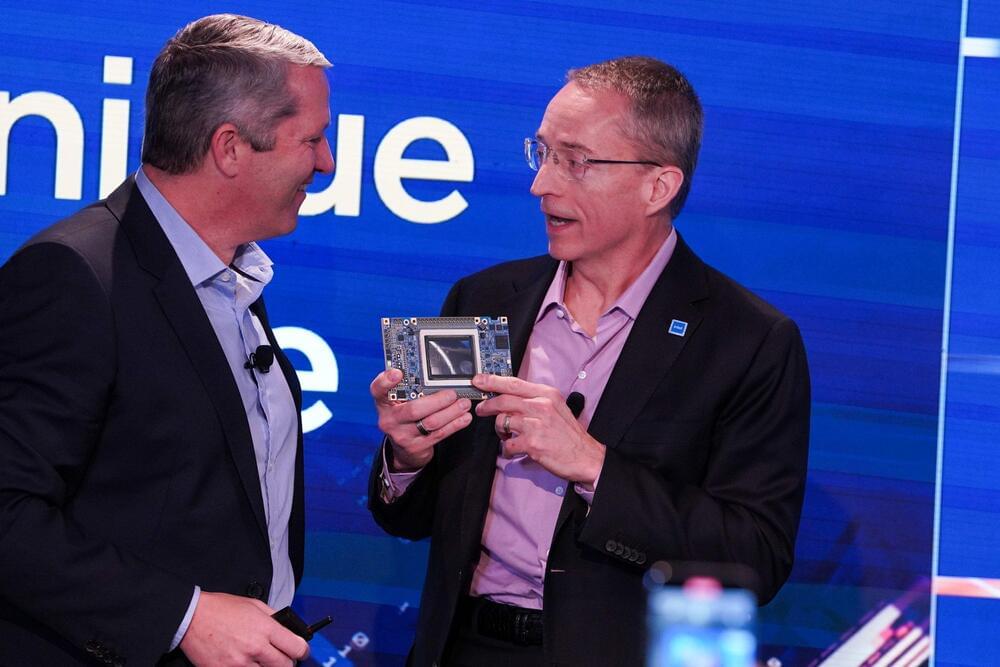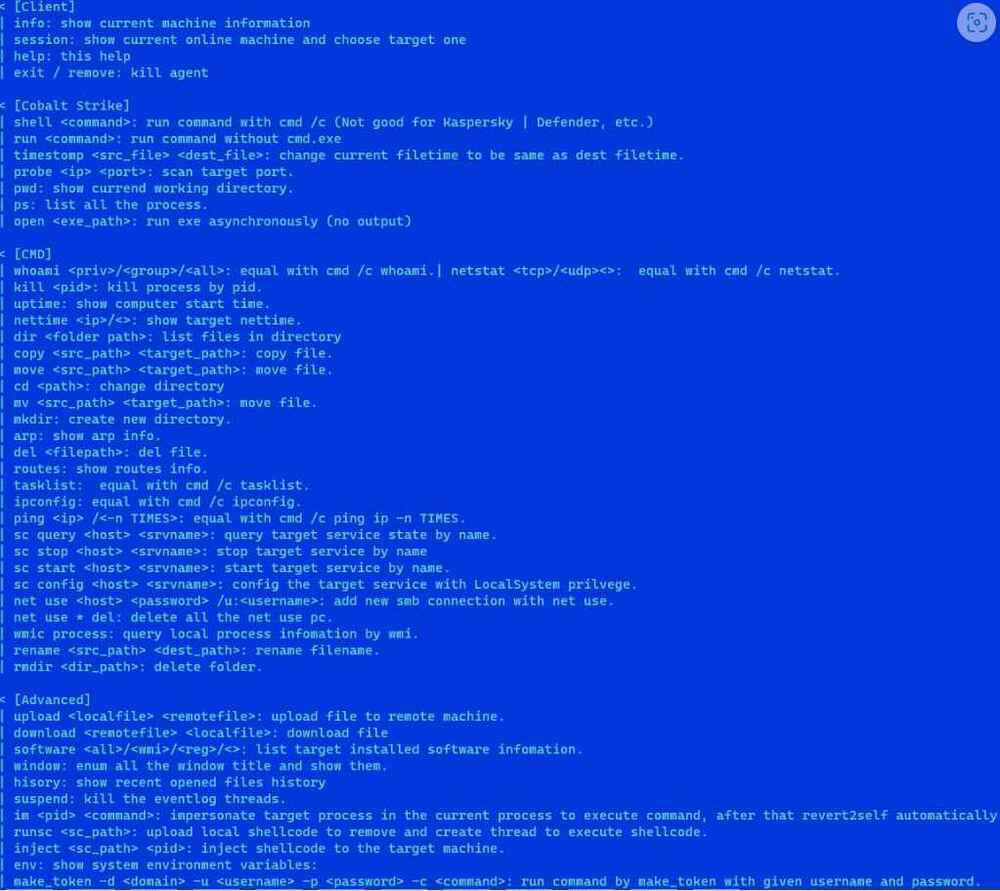SpaceX has shared a trio of awesome night shots showing its Super Heavy booster — the most powerful rocket ever built — being rolled to the launchpad ahead of its third test flight.
Look closely at the image above and you’ll see that the transporter carrying the 233-foot-tall (71 meters) booster is bedecked with Christmas decorations, including colorful lights, a tree, and a Santa Claus model. And for scale, take a look at the human captured in the extreme right of the frame.









